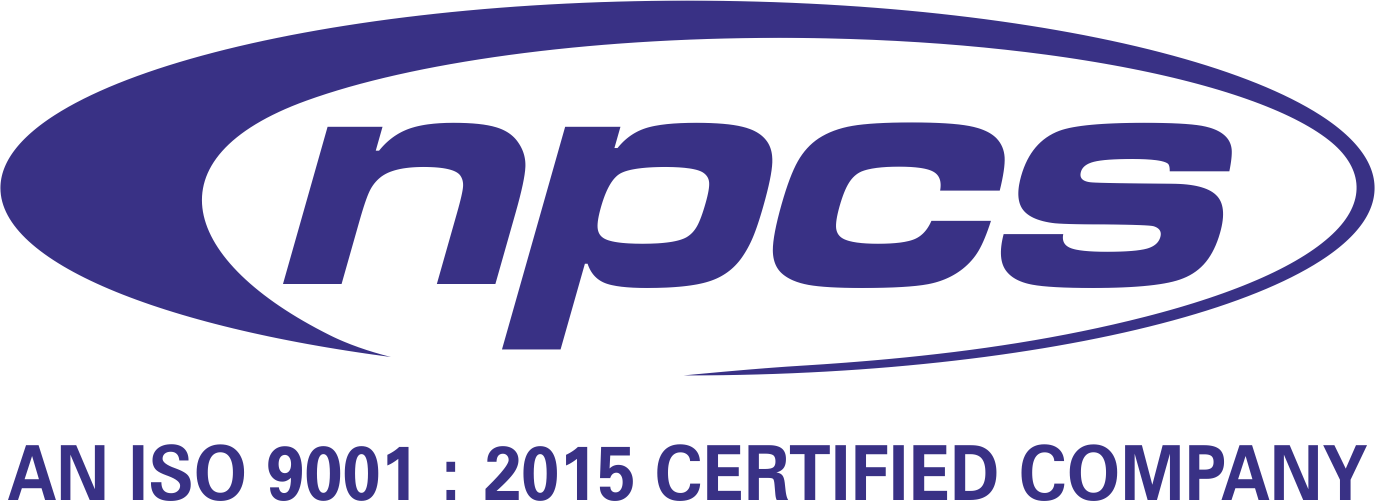The Manufacturing Business of IVD Strips (In Vitro Diagnostic Strips) has witnessed significant growth in recent years, driven by rising demand for point-of-care testing, increasing cases of lifestyle-related diseases like diabetes, and the urgent need for rapid diagnostic solutions post-COVID-19. These strips are essential tools used in diagnostic kits to detect glucose levels, pregnancy hormones, infectious diseases, and more—making them a critical part of the medical device industry.
With India’s diagnostic industry projected to grow at a CAGR of over 14% in the next five years, the manufacturing business of IVD strips presents immense potential for startups and SMEs. Entrepreneurs investing in this sector can benefit from high margins, export opportunities, and government support under the “Make in India” and PLI schemes for medical devices.
Visit this Page for More Information: Medical Disposables Sector
Why Invest in the Manufacturing Business of IVD Strips?
The manufacturing business of IVD strips is emerging as a game-changer due to its low entry barriers, consistent demand, and scalable applications. These strips are vital in hospitals, diagnostic labs, clinics, and even at home. The increasing adoption of self-monitoring devices has further boosted their consumption.
India’s rising burden of chronic diseases—like diabetes, which affects over 77 million people—creates a robust market for glucose monitoring strips alone. With rapid urbanization and awareness, the demand for other IVD strips (for cholesterol, ketones, dengue, malaria, HIV, etc.) is also expanding swiftly.
Types of IVD Strips in the Market
-
Glucose Monitoring Strips
-
Pregnancy Test Strips
-
Urinalysis Strips
-
Cholesterol Testing Strips
-
COVID-19 Antigen Test Strips
-
Malaria/Dengue Rapid Test Strips
-
HIV/STD Detection Strips
Related Business Plan: Start your own Manufacturing Business of IVD Strips for Glucose, Urine and Pregnancy Test
Manufacturing Process Overview
The manufacturing business of IVD strips involves precision, cleanroom standards, and adherence to biomedical regulations. Here’s a step-by-step outline of the process:
1. Substrate Preparation
-
PET film or membrane base is cleaned and coated
-
Surface treated to enhance reagent absorption
2. Reagent Formulation
-
Chemical reagents are formulated specific to the diagnostic function (e.g., glucose oxidase, anti-HIV antibodies)
3. Strip Coating
-
Reagents are uniformly coated on the strip using a slot-die coater or spray machine in a humidity-controlled room
4. Drying and Curing
-
Controlled heat drying systems are used to ensure reagent stability
5. Cutting and Assembly
-
Coated sheets are slit into narrow strips and assembled into plastic housings or cassettes
6. Packaging
-
Strips are sealed in foil pouches with desiccants and labeled according to IVD norms
7. Quality Control
-
Sensitivity, accuracy, and stability testing is done before dispatch
Raw Materials Required
-
PET membrane rolls
-
Nitrocellulose membrane
-
Reagent chemicals (e.g., enzymes, antibodies, surfactants)
-
Plastic strip casings
-
Foil pouches
-
Desiccants
-
Barcode labels and kits
Read Similar Articles: Production of IVD Strips (Glucose, Urine & Pregnancy)
Machinery & Equipment Needed
-
Coating machine
-
Cutting/slitting machine
-
Drying oven
-
Strip assembly line
-
Packaging line
-
Quality control instruments (spectrophotometer, humidity chamber, etc.)
Licenses & Compliance
To set up a manufacturing business of IVD strips in India, the following approvals are essential:
-
CDSCO registration for Class B/C IVD devices
-
BIS certification (as per IS/ISO standards)
-
Pollution control board NOC
-
Factory license and GMP compliance
-
ISO 13485:2016 certification (Medical Device QMS)
Market Potential and Growth
According to industry research, the Indian IVD market was valued at USD 1.3 billion in 2023 and is expected to cross USD 2.5 billion by 2028. The rapid growth is due to:
-
Increased health awareness
-
Need for affordable testing in rural areas
-
Government’s Ayushman Bharat health initiatives
-
Expanding private diagnostic labs
Domestic manufacturing is also gaining traction to reduce dependency on imports from China, Germany, and the U.S.
Investment & Profitability
-
Initial Investment: ?50 lakh – ?1.5 crore depending on scale
-
Gross Profit Margin: 35%–50%
-
Breakeven Period: Within 12–18 months (with bulk B2B orders)
Related Feasibility Study Reports: Production Of Ivd Strips
Target Customers & Sales Channels
-
Government hospitals and procurement agencies
-
Private diagnostic labs (e.g., Dr Lal PathLabs, SRL)
-
E-commerce platforms (for glucose and pregnancy kits)
-
B2B export markets (Middle East, Africa, Southeast Asia)
-
Medical distributors and wholesalers
Challenges & Considerations
-
Strict regulatory compliance
-
Need for precision in reagent coating and packaging
-
High sensitivity to humidity and contamination
-
Competition from established global brands
Conclusion
The manufacturing business of IVD strips offers an exciting opportunity for entrepreneurs and MSMEs to enter India’s fast-growing diagnostic sector. With health awareness rising, government support, and a vast untapped rural market, this business promises high returns and scalability. If you’re considering venturing into medical manufacturing, IVD strips are a solid, future-forward choice.
See More Links:
- Start a Business in Asia
- Start a Business in Potential Countries for Doing Business
- Best Industry for Doing Business
- Business Ideas with Low, Medium & High Investment
- Looking for Most Demandable Business Ideas for Startups
- Startup Consulting Services
- Start a Business in Africa
- Start a Business in India
- Start a Business in Middle East
- Related Videos
- Related Books
- Related Projects
- Related Market Research Reports





